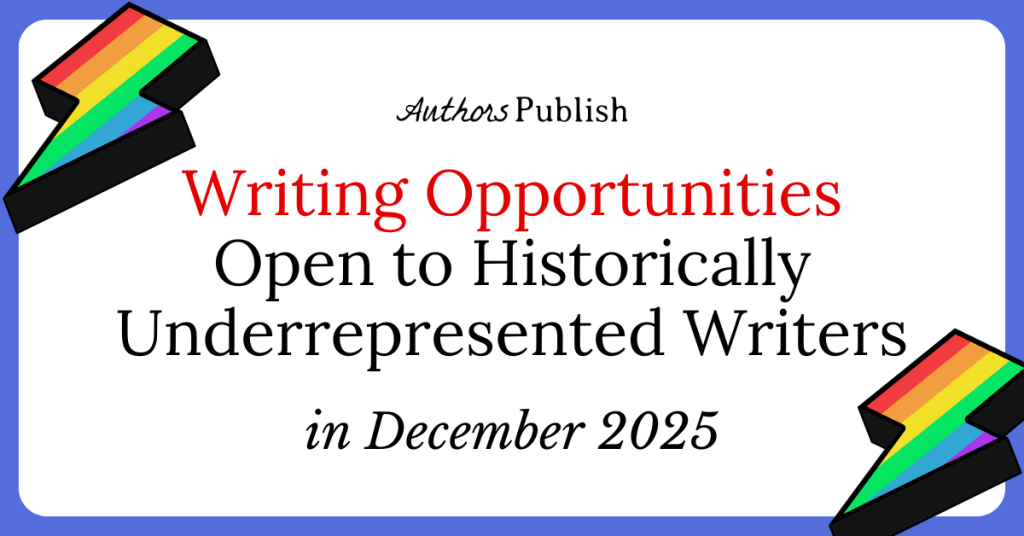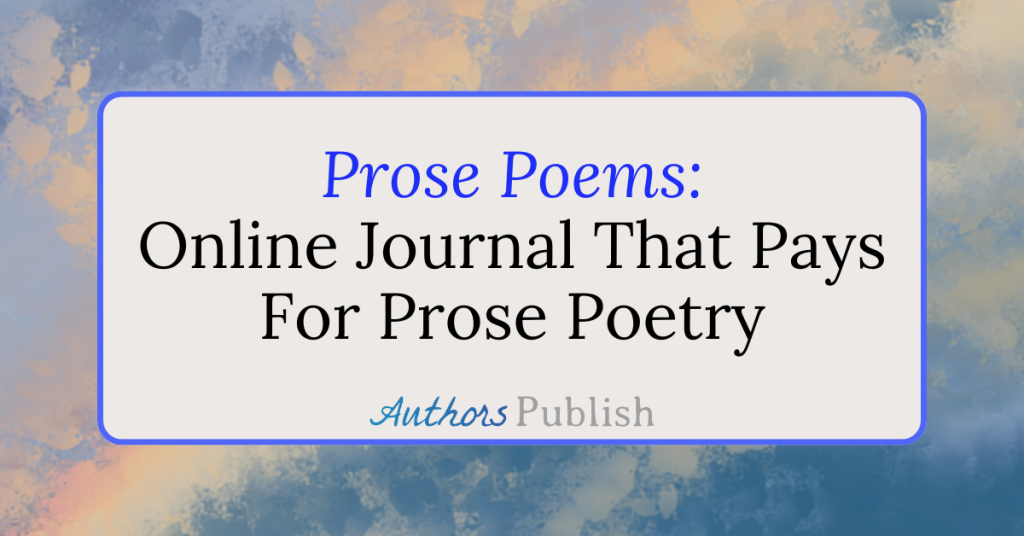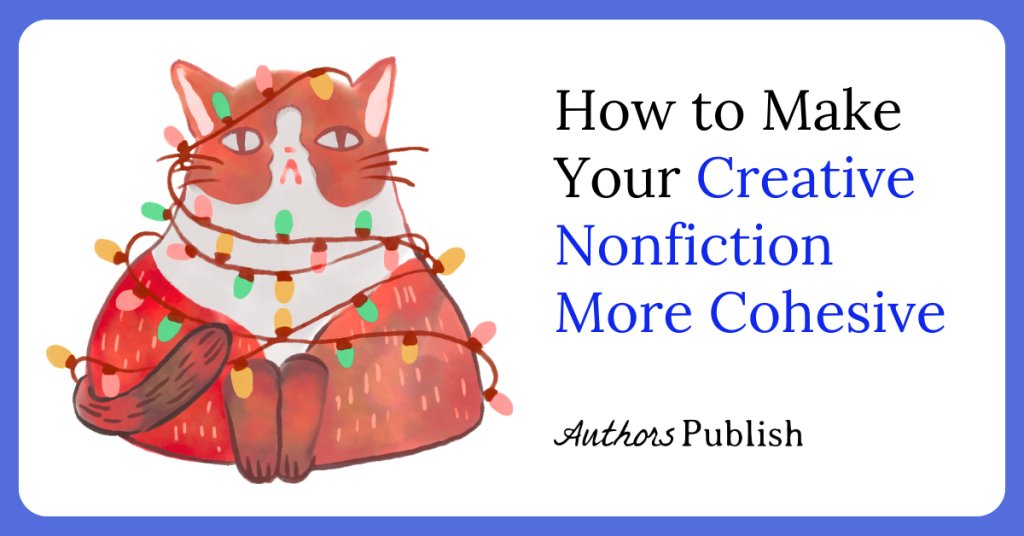By Emily-Jane Hills Orford
Are you writing a tear-jerker scene? Or a passionate love scene? How about something humorous? Emotions are a powerful tool to engage readers. You want them laughing, crying and getting involved with the characters. What are some of the techniques you can use to embellish the emotions? From asking the famous “what if” question and adding the question, “how would you feel,” you can progress to character development to dialogue to add that extra zest to the story. Here are some tips to make your emotional scenes believable and engaging.
First of all, you must make your readers feel a connection with the characters. If there’s no connection, there’ll be no intense reaction to the character’s emotions. Once you make that connection, you can then ask yourself, what if this character lost her best friend. Would she/he/they cry? Of course. But is it enough to write, “She/he/they cried.”? Or would it be better to write, “The empty pain of loss wreaked havoc throughout her/his/their body like fire as tears made a fluid path down her/his/their cheeks and drenched her/his/their shirt.”? Perhaps a bit over the top, but it is important to make sure your readers feel the depth of the character’s emotions, be it sadness, anger, passion, fear and perhaps even a little humor (readers do enjoy a good chuckle now and then). If it’s a sad scene and the reader isn’t feeling sad, then the writer has failed to describe the character’s emotions. If the character is sobbing, the reader should be sobbing, too.
So, how does the writer get from the notion of a specific feeling, to actually embedding it effectively into the story? Well, like anything else, writers need to be observant of the world around them. We study people for specific character traits, physical appearance, communication skills, and use of dialogue, why not also study people to appreciate their expressions of emotion?
Dig deep into your own personal experiences. We’ve all experienced multiple forms of emotion. How we interacted with others, how we reacted, how we felt, all shaped our experiences. If you’re working on a scene entrenched in grief, perhaps the loss of a close loved one, then immerse yourself in memories of a time you experienced the same thing. How did you feel when a beloved parent or grandparent died? Or your life partner? Or a special pet? Write down your feelings, using every adjective that comes to mind. Bring the pain alive. Now transfer that pain of loss to your character, through facial expressions, physical reactions, and dialogue. Make it raw, intense. If you can feel it, your readers will feel it, too.
Dialogue is an effective tool to express emotions. But it’s not enough to have your character say, “I am so sad.” Make it personal: “I couldn’t sleep, my mind revolved around all those special moments we shared, all those special moments we missed. I feel so hollow. Empty.” And use dialogue tags effectively. “She said”, “he said”, “they said”, isn’t deep enough. Even “she sobbed,” is too shallow. Something more inclusive, like: “there was a definite catch in her voice as she spoke.”
Remember, however, that when writing emotional scenes, there’s no set length of passage required. Sometimes less means more in its effectiveness. Mystery author Kathy Reichs has mastered the art of subtle bullet point plot development. She uses this technique effectively in building tension and emotional content. Her strongest emotion is fear. The visual impact of reading short, sometimes one-word blunt sentences, almost written in point form, adds another layer to the building tension of the emotional content. Without ever saying her characters are terrified, the author paints that very sentiment. Very powerful approach.
Don’t forget to add a little humor. Readers enjoy a little chuckle now and then, just as your characters do. How can infuse humor into story? Study what other writers have done. Simple things like exaggerating a comment or a situation, misdirecting the reader’s attention then adding a little shock, like a sudden change in direction, to make them laugh, add a little silliness, play with one of your key characters to make them appear incompetent, clueless, or just plain inept, add some silly puns, or create a satire. A little humor can go a long way to lighten a tense moment in the plot.
Basically, for all emotions, you need a game plan for implanting viable emotions in your work. I choose to approach each emotion individually. For example, if you’re planning on writing a sad scene, I find this approach works well:
- Study sadness in real life. Make notes (always make notes).
- Don’t forget to explain why the character is so sad; has he/she/they experienced a recent loss of a loved one? A loss of a good job?
- Make a list of adjectives to describe the intensity and type of sadness you’re planning to portray.
- Don’t forget to instill imagery; describe actions, scenes, anything that might enhance the intensity of the characters sadness.
- Using the notes taken above, write several paragraphs describing the character and the intensity of this sadness. This is always a good writing exercise, even if you don’t end up using all or any of it.
- Have someone read your paragraphs. Ask them pointedly if they find the situation, the character to be sad.
- Now write some dialogue between your ‘sad’ character and other characters in your story. Invoke some emotion in the words used, as well as in the dialogue tags. Dialogue is an effective means of evoking emotion, especially if it’s woven into action scenes. Body language, facial expressions, interaction with other characters and the setting itself, all add to the emotional content, but, once again, don’t overdo.
- Remember, like anything else in writing, it’s all about balance. Don’t drag the story down by spending too much time on this emotion. Remember the bullet point approach used effectively by authors like Kathy Reichs. Sometimes less is more in the grand scheme of things.
Remember, you’re writing to entertain, so make sure you have all the tools at the ready. Like anything else in the writing experience, writing emotion is something that needs to be practiced, frequently and intently. And, observation is the key: you must look deeply into the world around you, study human interactions and come to a better understanding of people. Writing good emotions, deep emotions, transport the reader into the story, into its world. It brings the people, the setting and the plot itself to life.
Emily-Jane Hills Orford is a country writer, living just outside the tiny community of North Gower, Ontario, near the nation’s capital. With degrees in art history, music and Canadian studies, the retired music teacher enjoys the quiet nature of her country home and the inspiration of working at her antique Jane Austen-style spinet desk, feeling quite complete as she writes and stares out the large picture window at the birds and the forest. She writes in several genres, including creative nonfiction, memoir, fantasy, and historical fiction. http://emilyjanebooks.ca






